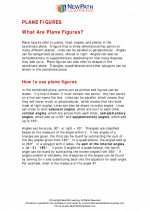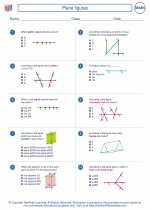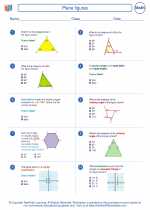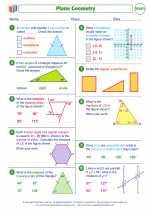Data Collection
Data collection is the process of gathering and measuring information on variables of interest, in an established systematic fashion that enables one to answer stated research questions, test hypotheses, and evaluate outcomes.
Methods of Data Collection
There are several methods of collecting data, including:
- Surveys and Questionnaires: These are written instruments used to collect information from respondents.
- Observation: This involves watching and recording the behavior of individuals or groups in a systematic way.
- Interviews: These involve direct face-to-face communication with the respondents to gather information.
- Experiments: In this method, researchers manipulate variables to observe the effect on the outcome.
- Existing Data: Researchers can also collect data from existing sources such as government records, organizational data, or historical documents.
Types of Data
When collecting data, it's important to consider the type of data being collected. There are two main types of data:
- Qualitative Data: This type of data is descriptive and categorical in nature. It can't be measured in numerical terms.
- Quantitative Data: This type of data is numerical and can be measured and counted. It includes things like height, weight, and test scores.
Data Collection Process
The data collection process typically involves the following steps:
- Identifying the Research Problem: Clearly define the research question or problem that the data will help to address.
- Choosing the Method of Data Collection: Select the most appropriate method or combination of methods for collecting the necessary data.
- Designing the Data Collection Instrument: If using surveys or questionnaires, design the questions to ensure they capture the required information.
- Collecting the Data: Implement the chosen data collection method and gather the information from the selected sample or population.
- Organizing and Analyzing the Data: Once the data is collected, it needs to be organized and analyzed to draw meaningful conclusions.
- Interpreting and Reporting the Findings: Finally, the findings need to be interpreted and reported in a way that is meaningful and useful for the intended audience.
Study Guide
Here are some key points to remember when studying data collection:
- Understand the different methods of data collection and when each method is most appropriate.
- Recognize the importance of choosing the right data collection instrument for a particular research question or problem.
- Be able to distinguish between qualitative and quantitative data and understand how to work with each type.
- Learn the steps involved in the data collection process and how they contribute to producing reliable and valid data.
- Practice designing and analyzing data collection instruments through real-world examples and exercises.
By mastering the concepts and techniques of data collection, you'll be well-equipped to gather, analyze, and interpret data effectively in a variety of research and analytical contexts.
[Data Collection] Related Worksheets and Study Guides:
.◂Math Worksheets and Study Guides Eighth Grade. Plane figures
Study Guide Plane figures
Plane figures  Worksheet/Answer key
Worksheet/Answer key Plane figures
Plane figures  Worksheet/Answer key
Worksheet/Answer key Plane figures
Plane figures  Worksheet/Answer key
Worksheet/Answer key Plane figures
Plane figures  Worksheet/Answer key
Worksheet/Answer key Plane Geometry
Plane Geometry 

 Worksheet/Answer key
Worksheet/Answer key
 Worksheet/Answer key
Worksheet/Answer key
 Worksheet/Answer key
Worksheet/Answer key
 Worksheet/Answer key
Worksheet/Answer key

The resources above cover the following skills:
Geometry (NCTM)
Analyze characteristics and properties of two- and three-dimensional geometric shapes and develop mathematical arguments about geometric relationships.
Precisely describe, classify, and understand relationships among types of two- and three-dimensional objects using their defining properties.
Specify locations and describe spatial relationships using coordinate geometry and other representational systems.
Use coordinate geometry to represent and examine the properties of geometric shapes.
Use coordinate geometry to examine special geometric shapes, such as regular polygons or those with pairs of parallel or perpendicular sides.